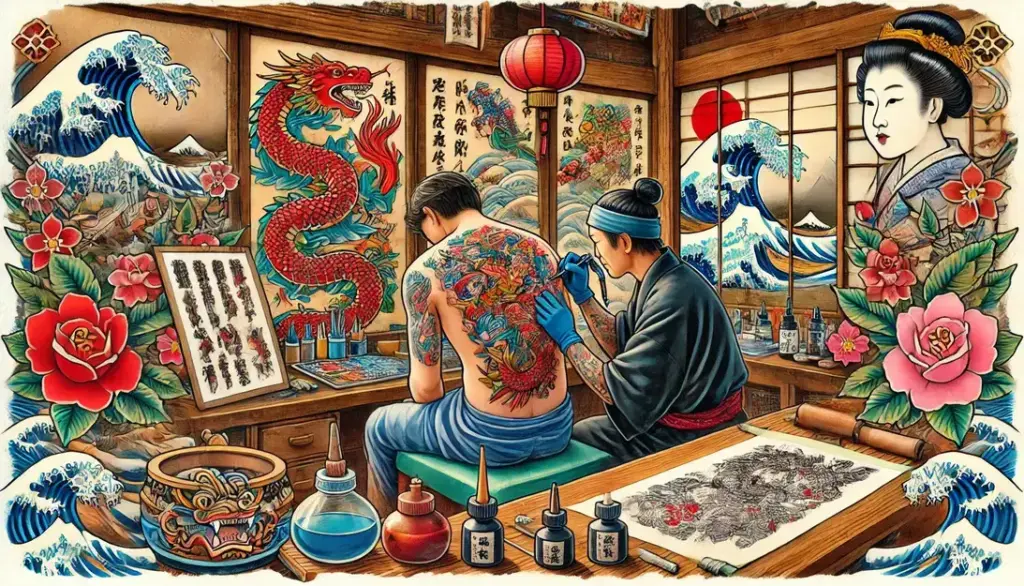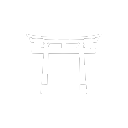Irezumi, meaning “inserting ink,” is Japan’s traditional tattoo art with roots stretching back centuries. Known for its bold designs featuring mythical creatures, nature motifs, and folklore, it blends beauty with deep cultural meaning. Once tied to punishment and later associated with the Yakuza, irezumi has evolved into a celebrated art form both in Japan and globally. Today, it symbolizes history, storytelling, and craftsmanship that continues to captivate tattoo enthusiasts worldwide.
The Meaning and Origins of Irezumi
Irezumi, or traditional Japanese tattooing, is deeply rooted in Japan’s cultural and historical tapestry. From its literal meaning to its evolution through centuries, irezumi showcases the artistry, symbolism, and shifting societal norms surrounding tattoos.
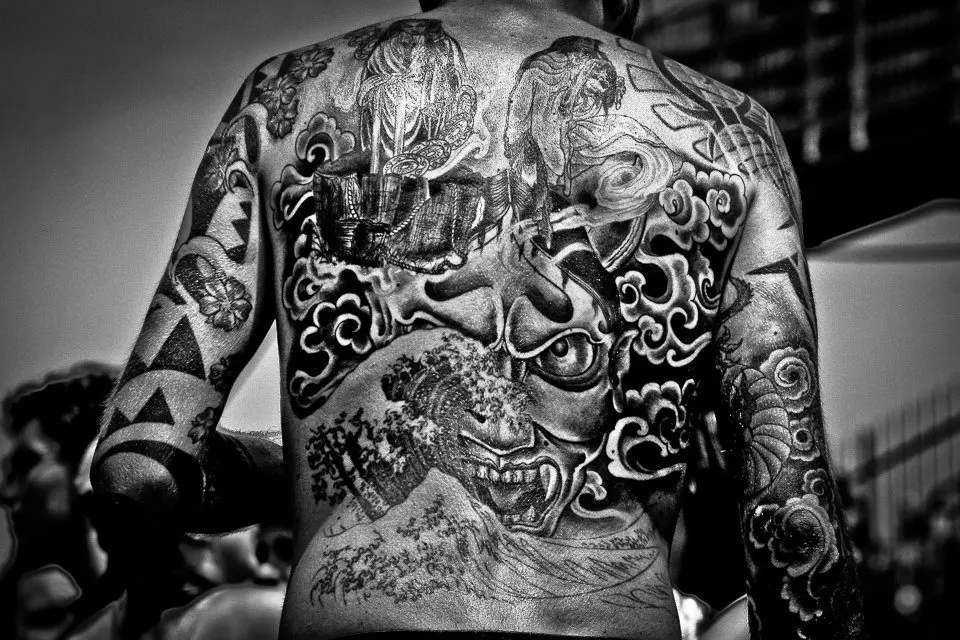
What Does ‘Irezumi’ Mean?
The word Irezumi translates directly to “inserting ink.” Broken down, “ire” means “to insert,” and “zumi” refers to ink. It’s an apt description of the art, as traditional Japanese tattoos are famously done by hand using needles and natural ink. This method, known as tebori, demands immense precision, patience, and skill.
Irezumi isn’t just about technique; it’s a statement of identity. Designs often include mythical beasts like dragons or phoenixes, intricate cherry blossoms, or waves symbolizing resilience and fluidity. Whether adorning one’s back, arms, or legs, every stroke tells a visual story steeped in cultural richness. Learn more about Irezumi and its cultural significance here.
Ancient Beginnings of Irezumi
Tattoos in Japan date back thousands of years. Artifacts from the Jomon period (around 10,000 BC to 300 BC) hint at early tattooing practices. Clay figurines called dogu feature patterns believed to signify tattoos, suggesting that body art held spiritual or ritualistic value.
Historically, tattoos were used for decoration, spiritual protection, or markers of social status. Warriors would sometimes wear them as a talisman, believing the art protected them in battle. Similarly, fishermen opted for symbolic designs to safeguard them from dangers at sea. Over time, these motifs became iconic elements in Japanese tattoo art. Explore early Japanese tattoo history here.
Transition to Punitive Tattooing
The shift in tattooing’s perception began during the Kofun period (300–600 AD). Tattoos, once a decorative or spiritual expression, became a tool for punishment. Criminals were marked with tattoos to visibly denote their offenses. These marks were placed on the face, forearms, or other exposed areas, serving as an enduring stigma in a society that valued one’s public image.
Though branded as a form of shame, some individuals turned punitive tattoos into personal emblems, using ink to hide or reclaim their narrative. This transition marked a turning point in irezumi’s history, intertwining tattoos with negative associations that persisted for centuries. Discover more about tattoo use as punishment here.
The Edo Period and the Golden Age of Irezumi
The Edo Period (1603–1868) was a transformative time for Japan, not just culturally but also in the realm of body art. Traditional Japanese tattooing, or Irezumi, found its creative spark during this era. Known as the “Golden Age of Irezumi,” the Edo Period witnessed the fusion of art forms, storytelling, and symbolism that gave rise to today’s iconic Japanese tattoo designs.
The Influence of Ukiyo-e Art
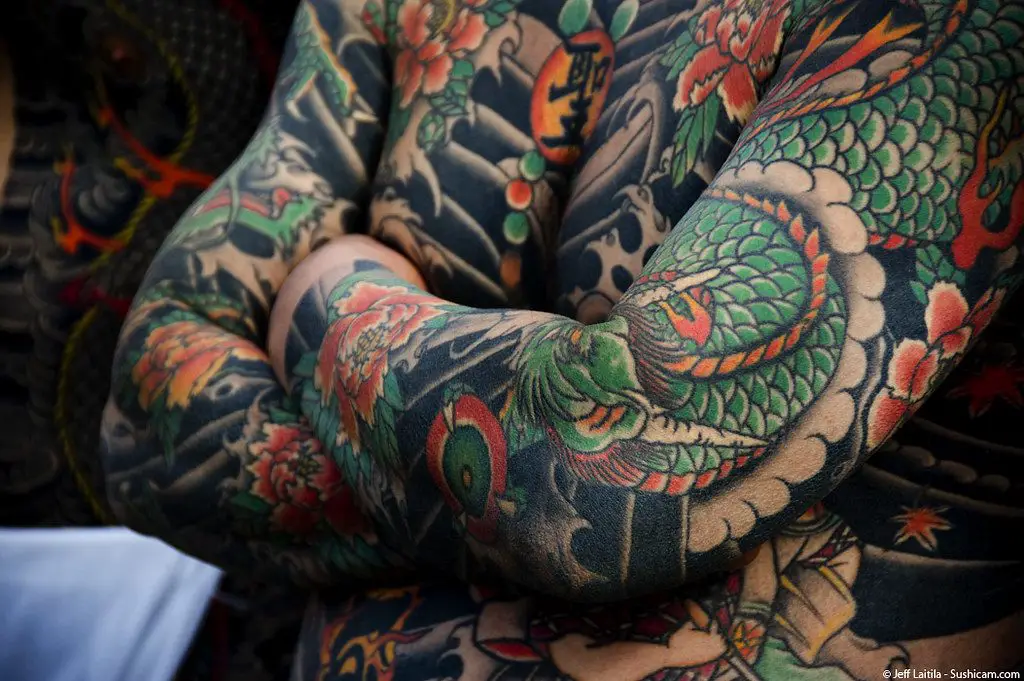
Ukiyo-e, or “pictures of the floating world,” was a popular art form in the Edo Period that heavily influenced irezumi designs. These striking woodblock prints often depicted fantastical landscapes, mythical creatures, and larger-than-life heroes. Artists like Utagawa Kuniyoshi, renowned for their dynamic figures and bold colors, fueled the imaginations of tattoo artists.
Tattooists adapted Ukiyo-e imagery into wearable works of art. For instance, the flowing waves and rolling clouds found in these prints translated seamlessly onto human skin. This interplay of fine art with body art elevated tattoos from basic markings to intricate masterpieces. Without Ukiyo-e, the distinct beauty of Irezumi as we know it might never have existed.
Learn more about Ukiyo-e’s role in tattoo art.
Popular Motifs and Their Meanings
Japanese tattoos are rich with motifs, each carrying a story or deep symbolism. During the Edo era, certain themes rose to prominence, shaping the visual language of Irezumi.
- Dragons (ryu): These mythical creatures symbolize wisdom, strength, and protection. In Japanese folklore, dragons are seen as benevolent, unlike their Western counterparts.
- Koi Fish (koi): A koi swimming upstream represents perseverance, while one going downstream symbolizes acceptance of life’s challenges.
- Cherry Blossoms (sakura): Known as a fleeting flower, cherry blossoms are poetic symbols of life’s beauty and fragility.
- Tigers (tora): Believed to ward off ill fortune, tigers embody courage and physical power.
- Waves (nami): Often paired with other designs, waves signify resilience and the unstoppable forces of nature.
Because tattoos were often full-body designs, these motifs were strategically placed to harmonize with a person’s natural anatomy. Explore more about Japanese tattoo meanings here.
Irezumi in Japanese Literature
The Edo Period also saw the rise of narrative-rich tattoos inspired by literature. One standout example is Suikoden—a Japanese retelling of the Chinese epic Water Margin. This tale of 108 outlaws rebelling against government corruption became immensely popular.
The characters in Suikoden were often depicted with full-body tattoos, showcasing heroic traits and moral convictions. These illustrations, paired with Ukiyo-e art, directly influenced tattooists of the era. Samurai warriors and others drawn to these stories began to incorporate similar designs as emblems of defiance and loyalty.
Over time, this literary connection gave Irezumi a narrative quality. Tattoos became more than mere decoration—they were personal stories etched into the skin. Learn more about Suikoden’s impact.
Looking back at the Edo Period, it’s clear that this era firmly established Irezumi as a medium for self-expression, cultural identity, and timeless artistry.
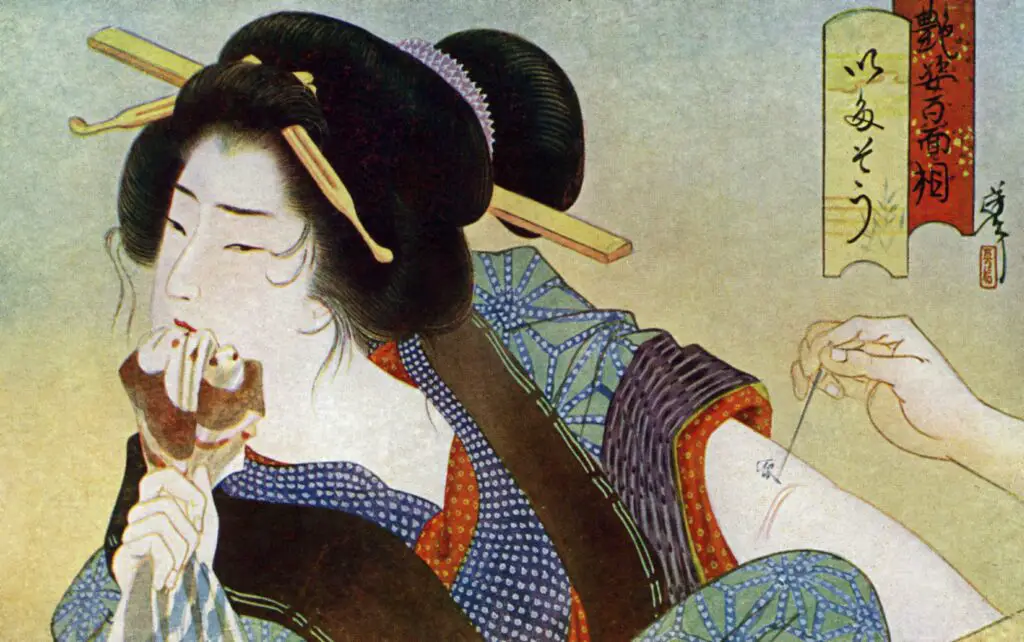
The Traditional Irezumi Process
The creation of traditional irezumi, or Japanese tattoos, goes far beyond applying ink to the skin. This ancient process is a meticulous art that requires specific tools, a skilled tattoo artist, and a deep commitment from the individual. Each aspect of irezumi reflects the harmony of tradition and culture embedded in Japanese tattooing.
Handcrafted Techniques
Traditional irezumi relies on handcrafted tools that set it apart from modern tattooing methods. Wooden handles, silk-thread needles, and a specialized ink known as Nara ink are essential to the process. These tools are carefully assembled to create designs with precision and artistic flourish.
- Wooden Handles: These handles hold the needles in place, offering control and accuracy during application. Think of them as the artist’s brush for skin.
- Silk-Thread Needles: Multiple needles are tied together with silk thread to ensure durability and flexibility. This arrangement allows intricate shading and line work.
- Nara Ink: This traditional ink, derived from natural plant-based dyes, binds deeply into the skin to create vibrant and lasting designs.
The technique most commonly associated with irezumi is known as tebori, or hand-poking. Unlike electric tattoo machines, tebori involves manually inserting ink into the skin with rhythmic, controlled strokes. This painstaking method results in bold and textured designs unmatched by modern machines.
Explore more about traditional Irezumi tools and techniques here.
The Role of the Horishi
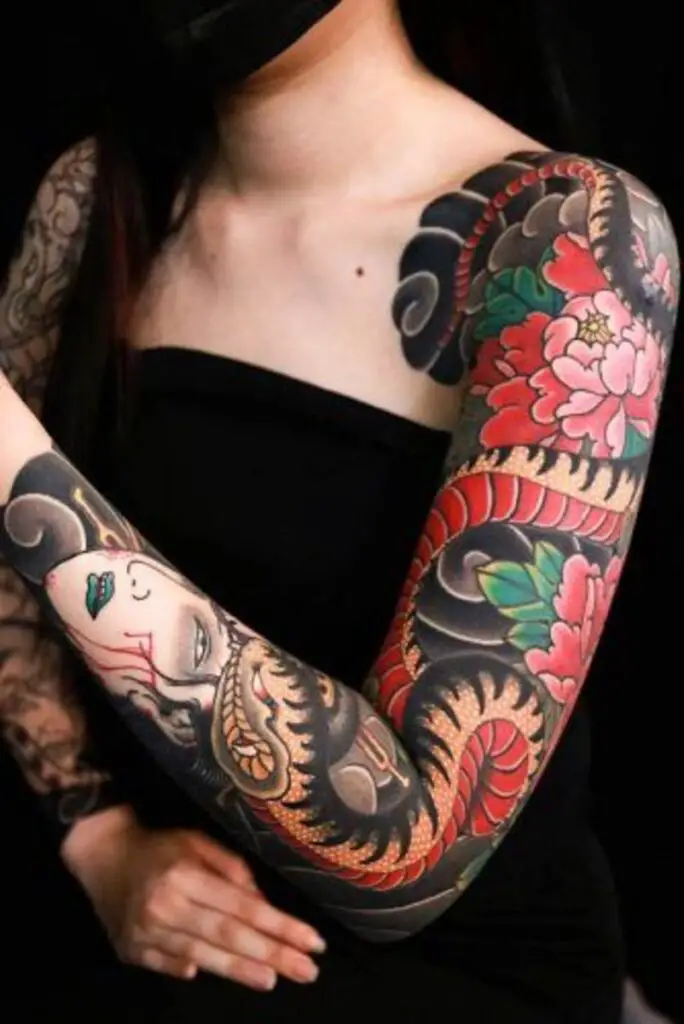
The horishi is more than a tattoo artist; they are a master craftsman and a storyteller who bridges Japanese history and culture with modern individuality. Because of the manual skill involved, becoming a horishi requires years of apprenticeship and consistent dedication.
A deep connection often forms between the horishi and the client. Before work begins, the artist discusses at length the personal stories, ideas, and traditions that will inspire the design. The client’s body is treated as a canvas, and every motif is positioned to flow harmoniously with its contours.
Working with a horishi is an experience of trust and respect. Their role is to create not just a tattoo but a timeless piece of art infused with meaning and intention.
Learn more about Horishi and their commitment here.
Pain, Cost, and Commitment
The journey of irezumi demands investment on multiple levels—physical, emotional, and financial. The physical pain of traditional irezumi can be intense. The manual tebori technique involves densely inserting ink into the skin, which is more painstaking than machine methods.
Aside from pain, the cost of a traditional Japanese tattoo can be hefty. Depending on the size, complexity, and the artist’s reputation, irezumi might cost thousands of dollars. Some full-body designs, known as suits, can take years to complete and may require regular maintenance afterward.
Lastly, it’s an emotional commitment. Traditional Japanese tattoos often carry symbolic or personal significance, reflecting the wearer’s beliefs, struggles, or aspirations. The time, effort, and endurance required to complete the process make irezumi not just a tattoo but a lifetime commitment.
Discover the costs and emotional investment of Irezumi here.
Irezumi in Modern Times
In today’s world, irezumi faces a unique blend of challenges and opportunities. From integrating modern techniques to navigating complex social perceptions, the traditional art form is evolving while holding steadfast to its roots. Let’s explore key aspects shaping irezumi in the present day.
The Influence of Western Tattooing
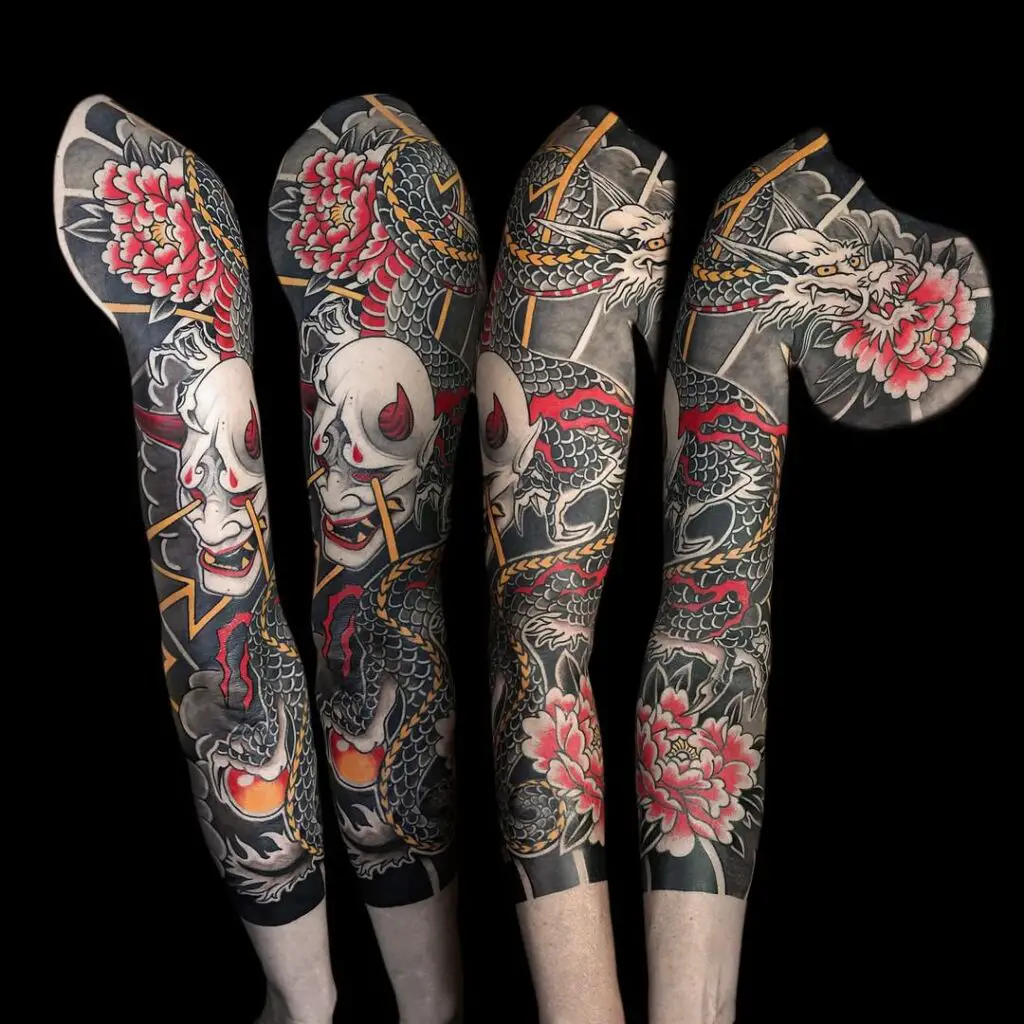
The shift from solely using tebori (hand-poking) to incorporating machine tattooing has introduced new dimensions to irezumi. Traditional techniques remain revered, but many artists today blend them with electric machines. This combination allows for faster applications and finer details, catering to global preferences.
Moreover, modern designs often tweak iconic motifs like koi fish or dragons. They integrate brighter colors, thinner lines, and Western artistic influences while keeping the essence of Japanese storytelling. For instance, tattooists might overlay ukiyo-e-inspired waves with geometric patterns, creating a fusion of old and new.
This evolving approach has made irezumi more accessible to international tattoo enthusiasts as explored in this guide. While purists may debate the authenticity of these changes, they highlight the adaptability of the art form.
Legal and Social Stigmas
Irezumi continues to face hurdles in modern Japan, shaped by centuries of association with crime and punishment. Tattoos were historically linked to the Yakuza, Japan’s organized crime syndicates. As a result, visible ink often invites negative assumptions, whether fair or not. Many establishments in Japan, such as onsens (hot springs) or gyms, still restrict entry to tattooed individuals.
The stigma stems from cultural norms valuing social harmony and cleanliness. Some older generations view tattoos as disruptive or threatening, maintaining a divide between tradition and modern acceptance. A 2015 survey even found that over half of Japanese establishments refused entry to tattooed patrons per this detailed breakdown.
However, this stigma contrasts sharply with growing global admiration for irezumi. As Japanese tattoos gain recognition internationally, the tension between local skepticism and foreign fascination only deepens.
Modern Acceptance of Irezumi
Younger generations in Japan are actively challenging societal norms surrounding tattoos. With an increasingly globalized mindset, many young people see tattoos as a form of artistic self-expression. Social media platforms also play a role in normalizing tattoos, allowing individuals to showcase their ink and break stereotypes.
International attention is also contributing to changing perspectives. Foreign tattoo enthusiasts, particularly those fascinated by traditional Japanese artistry, are helping reframe irezumi’s image. High-profile collaborations between Japanese tattooists and Western artists bring further positive exposure to the craft.
That said, acceptance isn’t universal. Many Japanese still associate tattoos with rebellion or deviance. However, trends suggest a gradual shift, particularly among youth who view irezumi more as wearable art than as a mark of disgrace.
Explore how Japanese culture is adapting to tattoo trends here.
In many ways, irezumi today exists at an intersection of tradition, modernization, and social change—an art form bridging the past and the future.
Symbolism and Storytelling in Irezumi
Irezumi is much more than ink on the skin—it’s storytelling through symbolism, weaving folklore, nature, and beliefs into intricate designs. Each element carries its cultural significance, creating wearable art that connects the past with the present.
Mythical Creatures in Irezumi
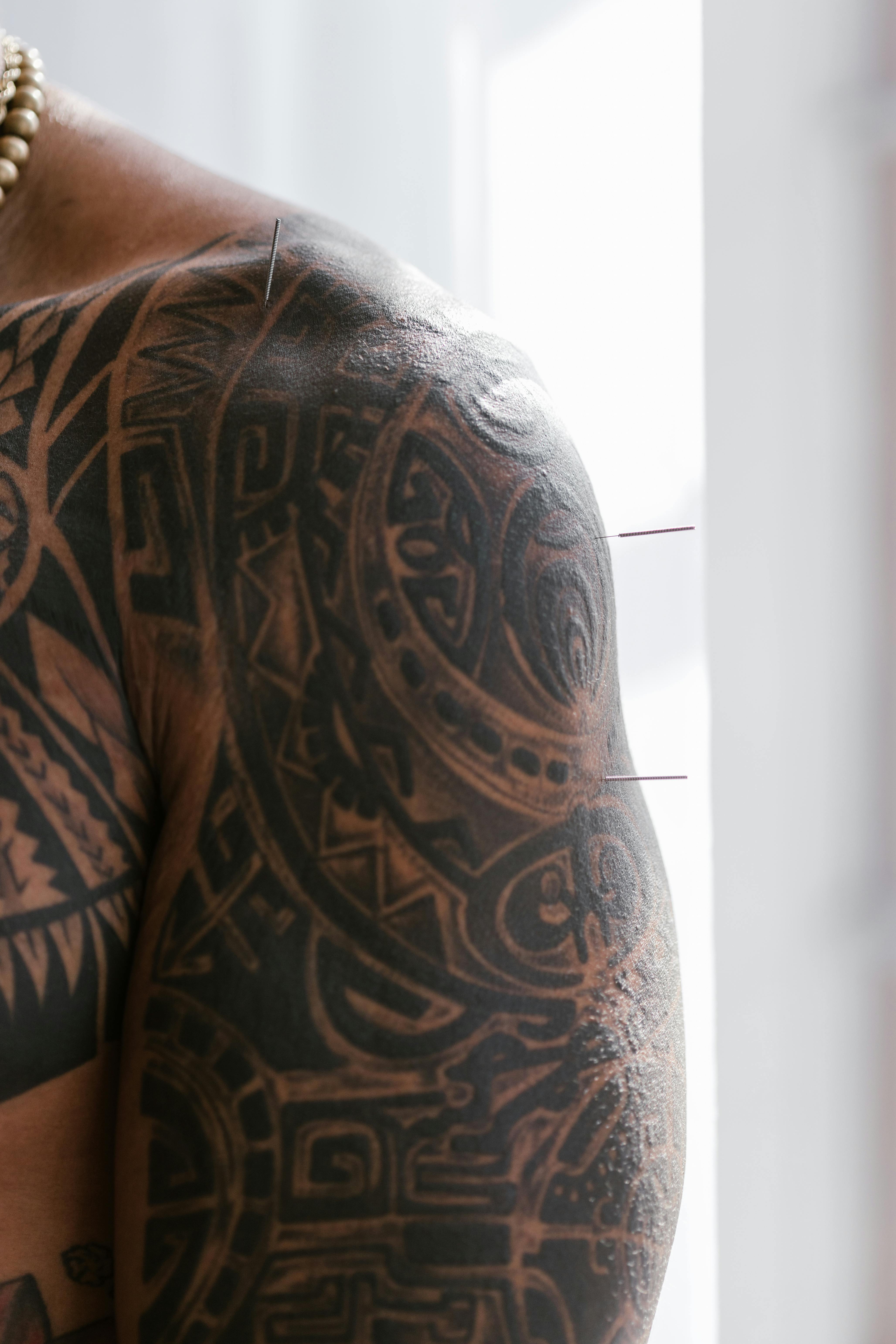
Photo by RDNE Stock project
Mythical creatures like dragons (ryu) and tigers (tora) are ever-present in Irezumi. These legendary beings hold deep meanings in Japanese culture and mythology. Dragons are often depicted as protectors, symbols of wisdom, strength, and blessings. Unlike their Western counterparts, Japanese dragons embody benevolence and are tied closely to water, representing life and abundance.
Tigers signify power and courage. They are believed to protect against evil spirits and misfortune. In traditional tattoos, they often appear amidst bamboo forests, emphasizing their connection to nature’s resilience and balance.
Other beings like phoenixes (ho-oh) and snakes (hebi) add layers of symbolism to tattoos. The phoenix, a mythical bird that rises from ashes, represents renewal and immortality. The snake, meanwhile, signifies protection and transformation, often depicted coiled or entwined.
Each mythical figure in Irezumi serves a purpose, reflecting personal values, spiritual guardianship, or life philosophies. Learn more about mythical creatures in Japanese tattoos.
Floral Imagery
Flowers in Japanese tattoos bring beauty and cultural depth to each design. Cherry blossoms (sakura) are one of the most iconic motifs, symbolizing life’s transient nature. These delicate blooms remind us of life’s fleeting beauty and the inevitability of change, much like their short-lived blossoms in the spring.
Peonies (botan), considered the “king of flowers,” symbolize wealth, nobility, and honor. Their lush, vibrant petals make them a favorite for tattoos, often paired with other motifs like lions or dragons for added symbolic power.
Lotus flowers, though more commonly associated with Buddhism, are also prominent in Irezumi. They represent purity and spiritual awakening, as they bloom beautifully even from muddy waters.
Floral motifs are carefully chosen to resonate with an individual’s message or story. Their natural elegance enriches the design while grounding it in Japanese culture. Explore more about flowers in Japanese tattoos here.
Religious and Historical Motifs
Religious imagery, particularly from Buddhism, plays a significant role in Irezumi. Deities like Fudo Myo-o, known as the “Immovable Wisdom King,” are frequent subjects. Fudo Myo-o represents steadfastness and protection, often depicted wielding a sword to cut through ignorance.
Kannon, the Buddhist bodhisattva of compassion, is another revered figure. Tattoos featuring Kannon symbolize mercy, empathy, and spiritual guidance. These religious elements not only serve as spiritual symbols but also connect the wearer to broader philosophical ideas.
Historical figures and tales also influence Irezumi. For example, tattoos inspired by the samurai tradition reflect bravery, loyalty, and discipline. Meanwhile, designs based on epic themes like Suikoden celebrate rebellion against corruption, channeling strength and justice into the tattoo’s narrative.
These motifs give Irezumi a timeless quality, linking each tattoo to centuries of Japanese culture and faith. Learn more about Buddhist imagery in Japanese tattoos.
Through its symbols and stories, Irezumi transforms tattoos into living canvases of Japanese heritage, offering a personal yet universal expression of identity and meaning.
The Global Influence of Irezumi
Irezumi has become more than a traditional Japanese art; it’s a global phenomenon. Its intricate designs and storytelling elements have reshaped tattooing worldwide. Despite its ancient roots, irezumi continues to inspire contemporary tattoo trends, bringing Japanese heritage to a broader audience.
Irezumi’s Role in Global Art
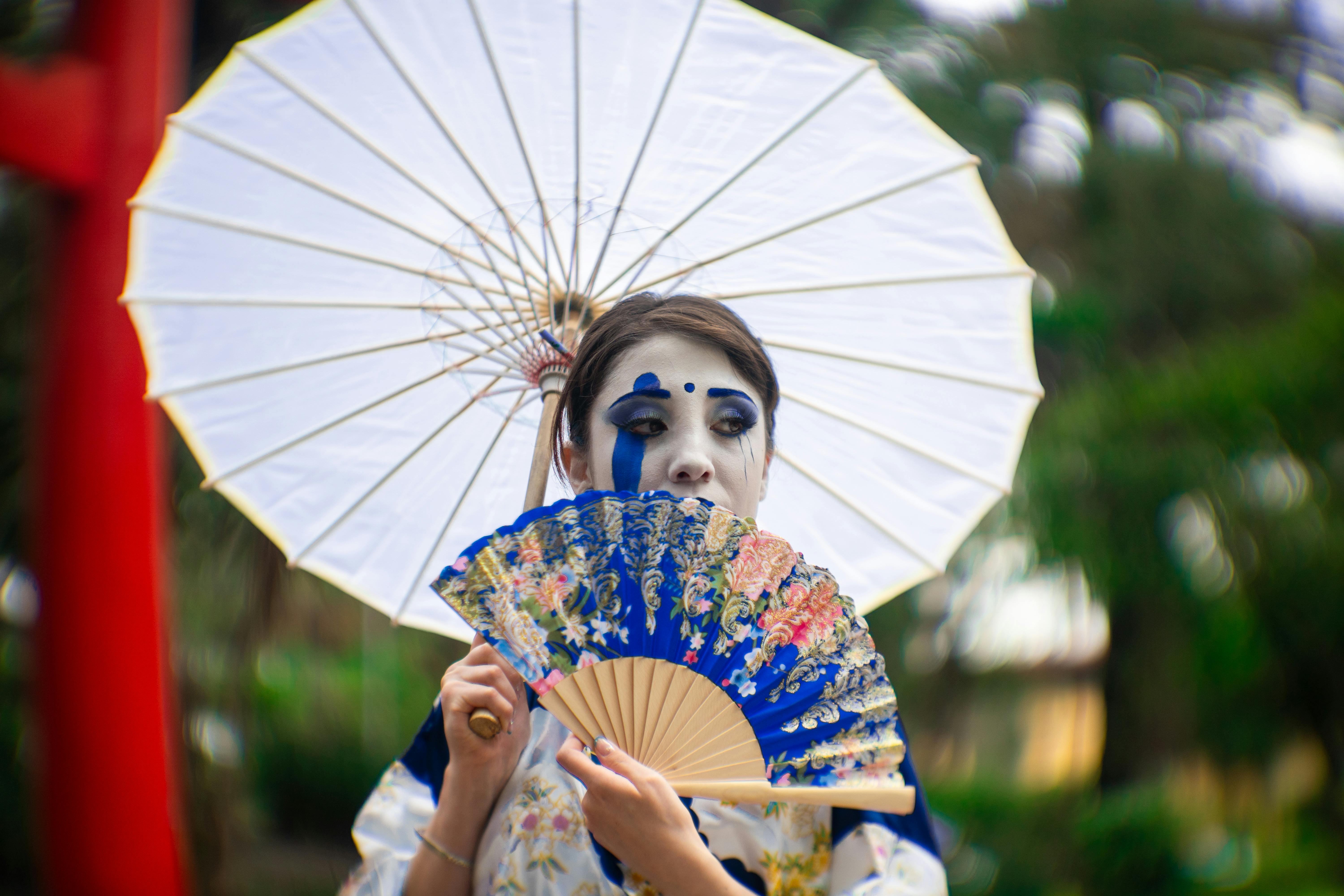
Photo by Vintage Lenses
Irezumi has made a remarkable impact on tattoo cultures across the world. Its detailed designs, bold motifs, and deep symbolism have captivated tattoo artists and enthusiasts globally. Western tattooing, for example, has embraced key elements of irezumi, such as full-body tattoos and mythical creatures like dragons and koi fish.
Artists in the West have even merged traditional irezumi patterns with modern techniques, creating a hybrid style that’s visually stunning. For example, the use of thin lines and brighter colors has updated ancient motifs for contemporary preferences. Irezumi’s emphasis on storytelling and cultural depth has inspired tattooists to create art that goes beyond aesthetics, infusing meaning into their work.
Tattoo conventions and studios worldwide now showcase irezumi-inspired art, bridging East and West through ink. International recognition has also brought attention to the craft’s cultural roots. According to The Global Impact of Japanese Tattoo Art, these designs are no longer seen as just tattoos—they’re celebrated as wearable pieces of art with a rich history.
Preserving Tradition in a Modern World
While irezumi is now admired beyond Japan, preserving its traditional techniques remains crucial. Many tattoo artists still practice tebori, the hand-poking method that defines irezumi. This approach requires skill, patience, and a deep respect for the craft’s heritage. Modern tattoo machines may offer speed and convenience, but tebori maintains the authenticity and texture that make irezumi unique.
In Japan, master tattooists known as horishi play a vital role in safeguarding these traditions. By mentoring apprentices and passing down their knowledge, they ensure that authentic irezumi techniques and designs are not lost to time. The importance of this preservation is highlighted in The Art of Irezumi, which explores the cultural pride embedded in tattooing.
Today, the balance between tradition and modernization is key. Some artists incorporate modern technology while maintaining irezumi’s core elements, blending old and new in a way that honors both. As global demand for Japanese tattoos grows, so does the responsibility to protect its legacy. The enduring efforts of tattooists and cultural advocates ensure that irezumi remains an art form deeply rooted in history, yet ever evolving.
Conclusion
Irezumi is more than an art form; it’s a connection to Japan’s cultural heart. Each tattoo tells a story, reflecting tradition, personal identity, and artistic mastery.
It’s a practice deeply rooted in symbolism—whether through mythical creatures, nature elements, or religious icons. These designs don’t just decorate the body; they carry meaning tied to history and individuality.
While irezumi faces challenges at home due to lingering stigma, its global influence continues to grow. Tattoo enthusiasts worldwide celebrate its beauty and narrative depth, ensuring its legacy endures.
Whether traditional or modern, irezumi remains a living testament to Japan’s artistry, resilience, and timeless storytelling.

